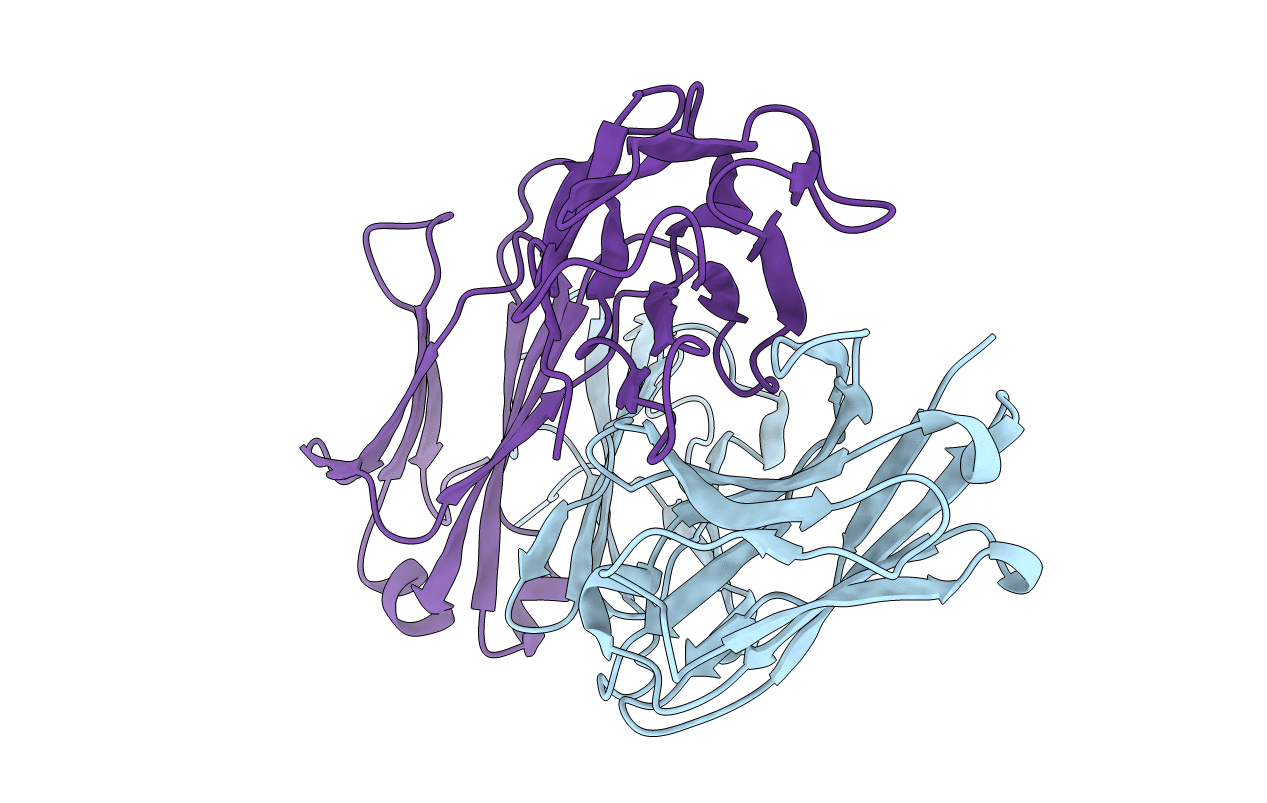
Deposition Date
2019-08-16
Release Date
2019-10-09
Last Version Date
2024-10-16
Entry Detail
PDB ID:
6U1T
Keywords:
Title:
Crystal structure of anti-Nipah virus (NiV) F 5B3 antibody Fab fragment
Biological Source:
Source Organism:
Mus musculus (Taxon ID: 10090)
Host Organism:
Method Details:
Experimental Method:
Resolution:
1.48 Å
R-Value Free:
0.17
R-Value Work:
0.13
R-Value Observed:
0.13
Space Group:
C 2 2 21


